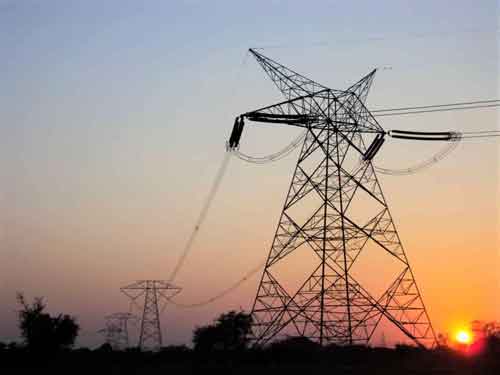First ultra-supercritical unit goes online
ANHUI PROVINCE, CHINA - The first 1,000-megawatt MW ultra-supercritical unit in central China's Anhui province was successfully connected to the grid recently. This paves a firm foundation for the load test and 68-hour full-load trial operation in the next stage.
Wenergy Tongling Power Plant's Phase VI Expansion Project is a key project for electric power development in the Anhui province. The project has a total planned capacity of two 1,000-MW ultra-supercritical coal-fired units.
Wenergy Tongling Power Generation Company Limited, a joint venture of Anhui Wenergy Company Limited, which is the listed flagship of Anhui Wenergy Group, and Huainan Mining Group Company Limited, is responsible for the construction and operation of the project. China Power Engineering Consulting Group Corporation served as the engineering, procurement and construction EPC firm for the project. Anhui No. 2 Electric Power Engineering and Construction Company is responsible for the construction and installation of the unit.
According to the nation's policy of replacing smaller, less efficient units with larger ones, the new unit will replace two 125-MW units built in Phase III of the Tongling Power Plant's construction. These two units kicked off construction in November 1987 and were commissioned in 1989 and 1990, respectively.
Prior to the final approval of the Phase VI Expansion, these two units had been shutdown since October 2007. After the commissioning of Unit 5, the two units were dismantled on April 2, 2011. According to the schedule, the new unit will begin commercial operation by the end of this month.
Related News

Avista Commissions Largest Solar Array in Washington
SPOKANE - Official commissioning of the Adams Nielson solar array located in Lind, WA occurred today. The 28 Megawatt DC array is comprised of 81,700 panels that span 200 acres and generates enough electricity to supply the equivalent of approximately 4,000 homes annually.
“Avista’s interest in the development of Solar Select, a voluntary commercial solar program, is consistent with the Company’s ongoing commitment to provide customers with renewable energy choices at reasonable cost,” said Dennis Vermillion, president, Avista Corporation. “In recent years, an increasing number of Avista customers have expressed their expectations and challenges in acquiring renewable energy. Avista is pleased…




